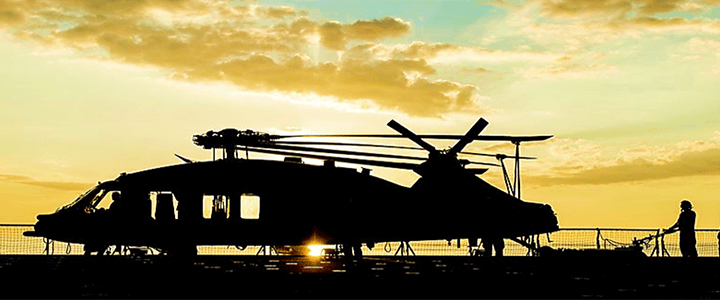For many people, their post-military dream career is to fly airplanes. Having the desire to fly and getting paid for it is one thing, but becoming a pilot – especially flying for an airline that carries passengers – is a long and arduous journey, but not impossible.
Veterans can make good pilots because of some of the learned skills acquired while serving, especially:
- Communication – Both verbal and listening skills are critical. Not only does a pilot have to speak clearly when talking to an air traffic controller or co-pilot, but must listen carefully to instructions from a control tower.
- Problem-solving – When unexpected situations arise, pilots must know which steps to take to overcome, or at least minimize, the potentially dangerous outcome.
- Situational Observation – Constantly scanning forward, up and to the sides for other aircraft, watching gauges and digital readouts, and judging distances using depth perception are all critical skills pilots must have when flying. An oversight of something can be a recipe for disaster.
- Quick reaction time – In some situations, time is of the essence, so recognizing and reacting quickly can mean the difference between a successful flight or one that isn’t.
Many veterans wanting to become airline pilots start out flying commercial aircraft hauling cargo or become flight instructors to gain the experience and flying hours necessary to become an airline pilot. This also gives them time to get a four-year bachelor’s degree – required by most passenger airlines.
Using the GI Bill to Fulfill Your High-Flying Dreams
While no degree field is specified, it would behoove one to choose a four-year degree-producing aviation program from a VA-approved school. Then the Post 9/11 GI Bill would pay just like it would for any four-year program – tuition paid in full at public schools (or up to $21,970.46 per year at private ones), with the student also getting a monthly housing allowance and book stipend.
If going for a rating, such as dual engine or instrument, the Post 9/11 GI Bill will pay up to $12,554.54 per year towards this type of flight training. If using the Montgomery GI Bill – AD, for either a degree or rating certification, entitlement use is the same – one month of entitlement reduction for every $1,789 paid out.
Pilots wanting to fly for a passenger-carrying airline also need to have an FAA Airline Transport Pilot (ATP) certificate and a minimum of 1,500 hours of flight time to haul passengers more than 50 miles from the point of origin. However, the minimum might not be enough to get a desired job.
Many regional passenger airlines require at least 2,000 hours of documented flight time while major ones require 4,000 hours for newly hired pilots. On-the-other hand, commercial pilots not hauling passengers typically need only 500 hours of flying time and a high school diploma. Within those 500 hours will be student pilot, private pilot, instrument and possibly multi-engine training certification and experience.
Military jet pilots getting out typically have the necessary degree, qualifications and flight hours, only requiring getting a rating, such as Boeing 737, along with minimal on-the-job training to fly for commercial airlines.
The need for commercial airline pilots is growing. The Bureau of Labor Statistics predicts a 5% growth between 2014 out through 2024 opening up 5,500 pilot jobs in a current field of 119,200. And they pay well; median salary is $102,520 per year.
If flying commercially for a passenger-carrying airline is your dream career, pursue it. While it may take a while to come to fruition, it will be all worth it in the end to have a rewarding and satisfying career in the air.




